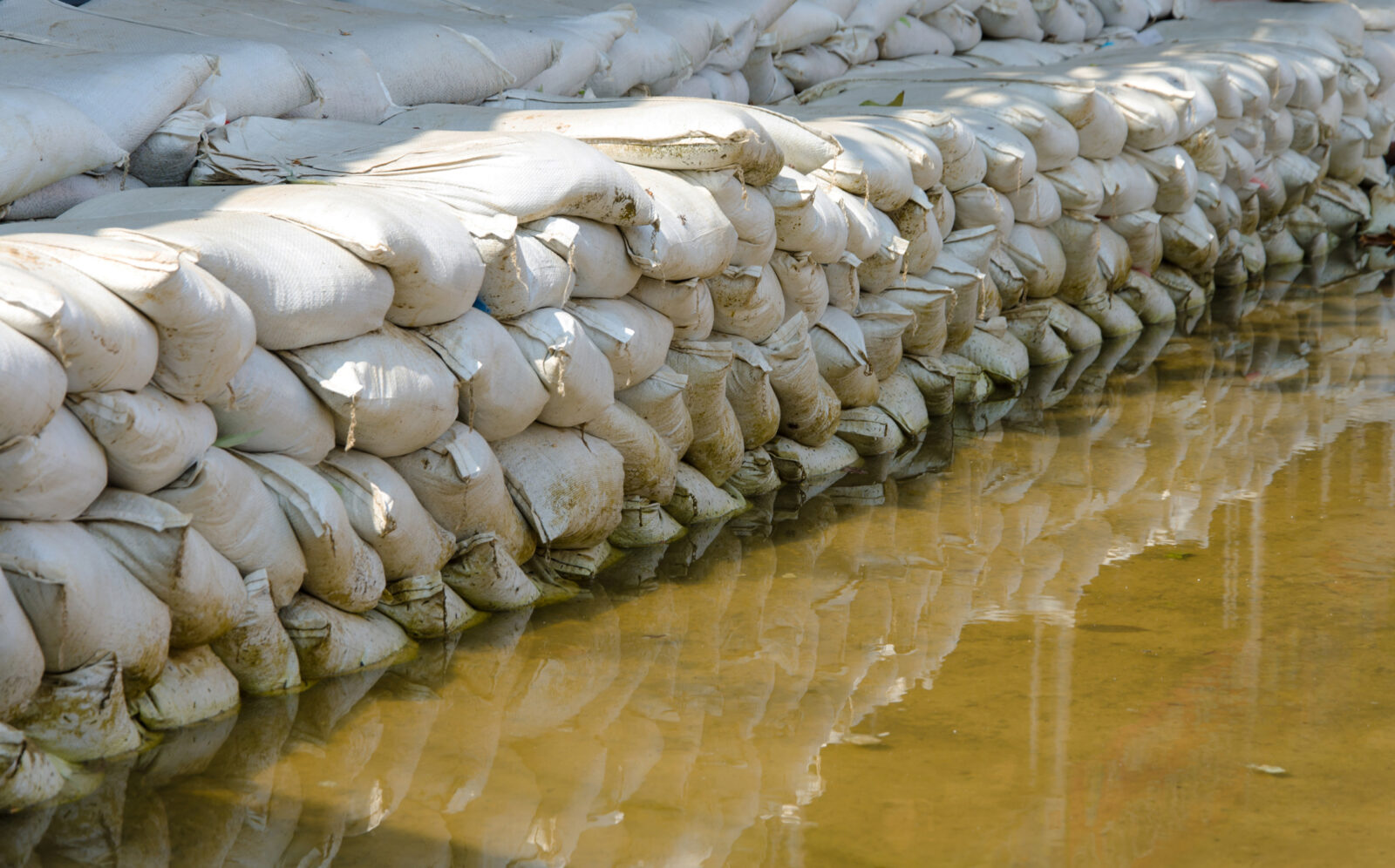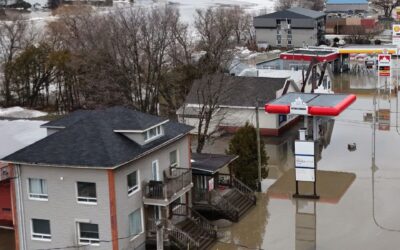Originally published in Canada’s National Observer.
In Canada, 2023 was a climate roller coaster with an eye-watering ticket price. Wildfires ripped through British Columbia, costing the provincial government $1 billion for firefighting and piling up almost $750 million in insurance claims.
Fires in Quebec covered much of eastern North America in noxious smoke for weeks at a time, costing Ontario an estimated $1.3 billion in added health costs over just one week.
Fires in Nova Scotia cost $165 million in insurance payouts in May, followed by flash flooding in July causing $170 million in insured losses.
A series of storms battered Ontario in July and August, causing almost $350 million in damage, but these went practically unnoticed amidst other climate chaos across the country.
The pain of each of these events was much more than financial — each one left devastated communities in its wake and disrupted lives and livelihoods. Across British Columbia, Alberta, Saskatchewan, the Northwest Territories, Quebec, and Nova Scotia, over 200,000 people were under evacuation orders at some point in the year.
But 2023 represented more than just another year where climate change, primarily from the burning of fossil fuels, drove extreme weather in Canada. It represented a seismic shift into a new realm of unpredictability and volatility.
Fires incinerated four times more Canadian forest than has ever burned in a single year. Nova Scotia’s floods contributed to the wettest summer on record in the Maritimes. Montreal broke heat records with several consecutive days near 30 C in October, and southern Alberta just broke records with several mid-December days in the teens.
As we inch closer to the 1.5-degree Paris Agreement global warming target — below which scientists and world leaders agree is our best chance to avoid the more extreme and irreversible effects of climate change — every additional megatonne of heat-trapping pollution released unleashes more chaos with exponentially more drastic consequences. We’re not talking about milder winters and warmer summers — we’re talking about communities becoming unlivable, governments becoming insolvent and economic prosperity evaporating.
So far, however, global and Canadian policies to phase out the fossil fuels that cause climate change are falling short, and the window to stay within 1.5 C is closing before our eyes. So, what do we do?
We must redouble our efforts on both offence and defence.
Mitigation is our offence. Canada must cut its emissions in line with Paris targets and set an example for the world to do the same. If we can collectively hit net zero by 2050, we still have a chance to limit global heating to 1.5 C. In the face of what we experienced in 2023, to do any less is simply irrational.
But the emissions of the past now mean climate change is baked in for centuries. Adaptation is our defence — building our resilience to an unfamiliar and increasingly volatile climate by, for example, securing our infrastructure against storms and making sure people have access to the cooling necessary to weather increasingly severe heat waves.
Canada has game plans for both mitigation — the 2030 Emissions Reduction Plan — and adaptation (the National Adaptation Strategy). But these plans are not being implemented quickly enough, and provincial and territorial government plans, where they exist, are nowhere near what is needed to accelerate Canada’s clean energy transition in line with the 1.5 C target.
The National Adaptation Strategy, meanwhile, remains unfocused and drastically underfunded. Governments at all levels need to rapidly determine how climate change will change flooding, wildfires, extreme heat and other threats in different parts of the country and make meaningful investments in preparing for those impacts — investments that will pay for themselves many times over in avoided costs down the road.
In fact, our research shows that a combination of successful mitigation and effective adaptation can reduce the economic damage of future climate change by 75 per cent.
The year has shown us, more than ever before, that dithering over climate policy is not just unproductive, it’s ruinous. What we’ve experienced should be a call to action that transcends politics, a call to safeguard our future against the relentless force of a wilder climate. Governments wise enough to answer that call must press forward with robust mitigation and adaptation policies and investments.
In 2023, we got a clearer look than we ever have at the new climate we’re creating. In 2024, can we rise to the challenge and meet the threat head-on?
Ryan Ness is director of adaptation research at the Canadian Climate Institute.








